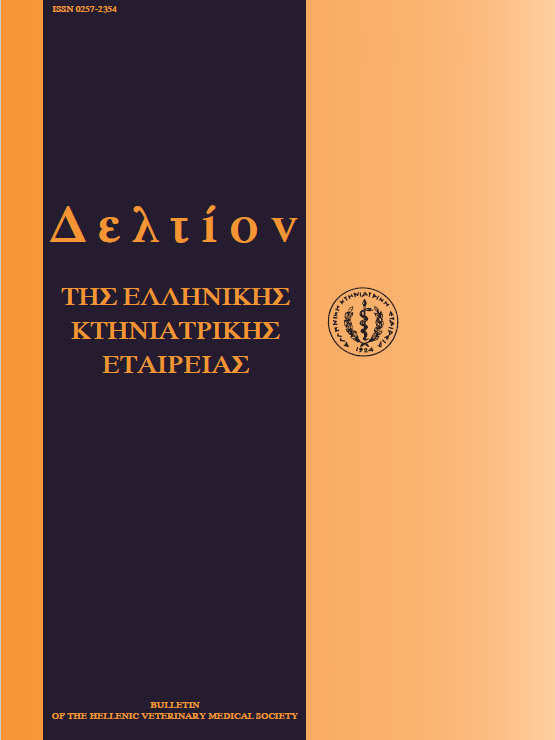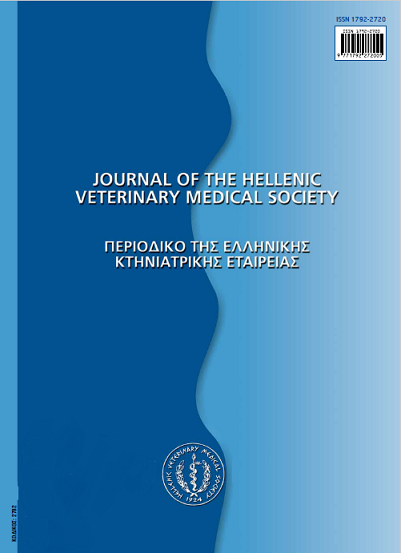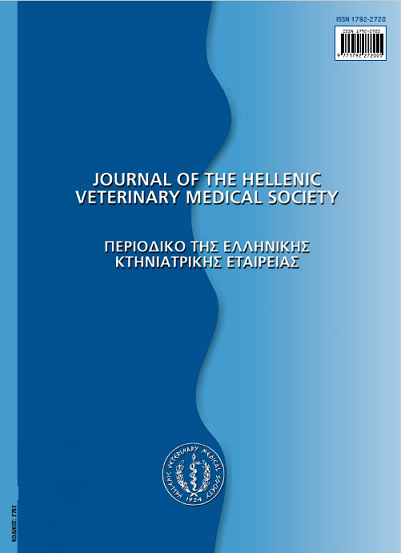Effect of lambing season on the productivity of ewes of the Karagouniko breed.
Abstract
Karagouniko breed and of known production history, kept under semi-intensive system, were used to study the effect of lambing season on their productivity. The ewes were divided into three groups according to lambing season: Group A (n = 56) with ewes lambed in late October, Group Β (n = 50) with ewes lambed in late November and Group C (n = 60) with ewes lambed in late December. Changes of body reserves of the ewes during lactation were normal with the ewes which suckled twins showing the greatest change in early lactation (P< 0.001). During the milking period the greatest change was found in the ewes that lambed late and, particularly, in those which suckled twins (P<0.05 - Ρ < 0.001). Early lambed ewes which suckled twins had significant longer lactation period and milk production than the late lambed ewes which suckled single lambs (P<0.05 - P<0.001). Birth weight of lambs was not affected by season of lambing; it was only affected by sex, with male Iambs being heavier than female lambs (P<0.001). However, growth of lambs during the suckling period was significantly affected by season of lambing with the early born single male lambs being heavier than those born late (P< 0.001). It is concluded that lambing season significantly affects the productivity of the ewes.
Article Details
- How to Cite
-
DELIGIANNIS (Κ. ΔΕΛΗΓΙΑΝΝΗΣ) K., & LAINAS (Θ. ΛΑΪΝΑΣ) T. (2018). Effect of lambing season on the productivity of ewes of the Karagouniko breed. Journal of the Hellenic Veterinary Medical Society, 51(3), 225–235. https://doi.org/10.12681/jhvms.15680
- Issue
- Vol. 51 No. 3 (2000)
- Section
- Research Articles

This work is licensed under a Creative Commons Attribution-NonCommercial 4.0 International License.
Authors who publish with this journal agree to the following terms:
· Authors retain copyright and grant the journal right of first publication with the work simultaneously licensed under a Creative Commons Attribution Non-Commercial License that allows others to share the work with an acknowledgement of the work's authorship and initial publication in this journal.
· Authors are able to enter into separate, additional contractual arrangements for the non-exclusive distribution of the journal's published version of the work (e.g. post it to an institutional repository or publish it in a book), with an acknowledgement of its initial publication in this journal.
· Authors are permitted and encouraged to post their work online (preferably in institutional repositories or on their website) prior to and during the submission process, as it can lead to productive exchanges, as well as earlier and greater citation of published work.





